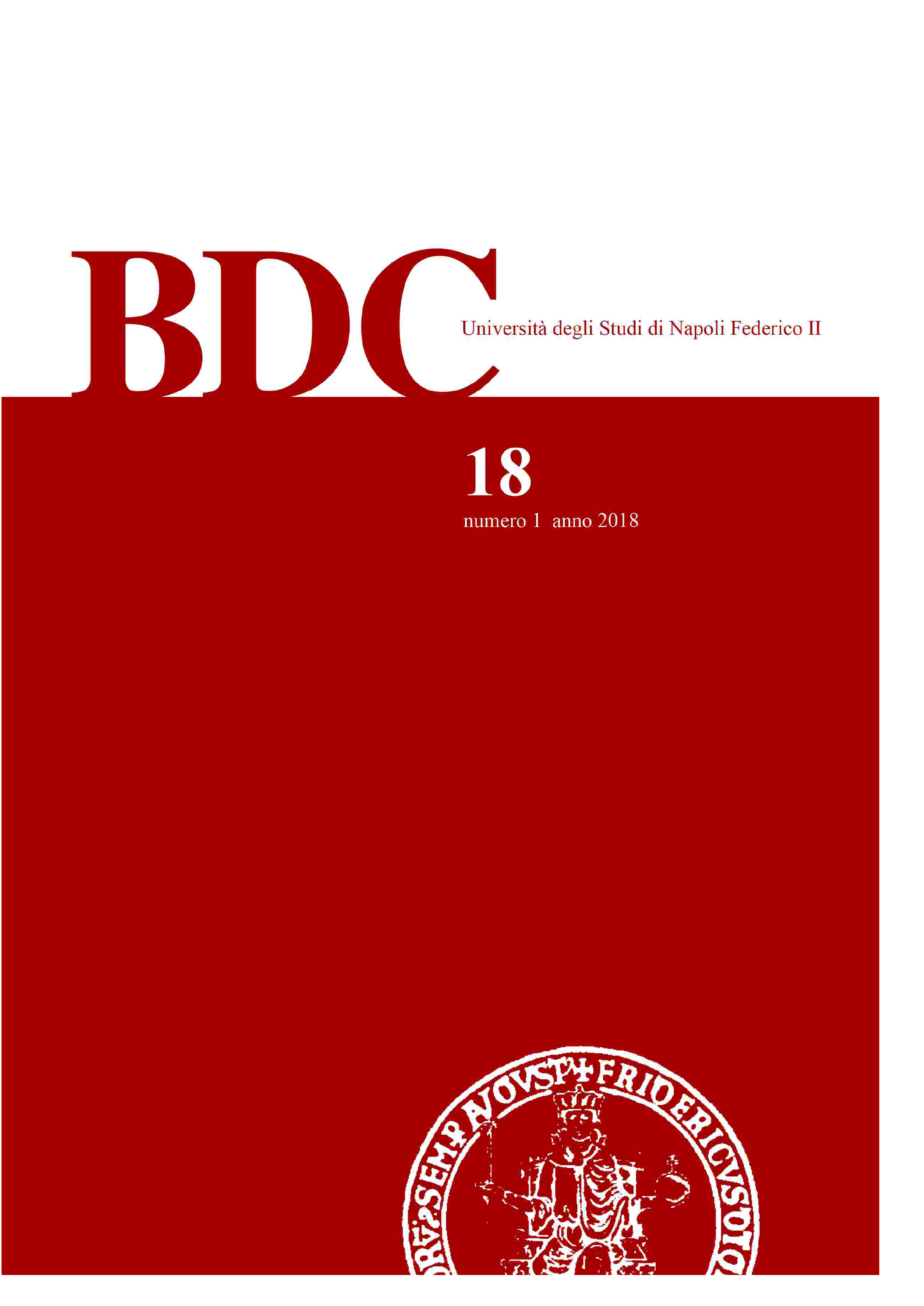LA PIANIFICAZIONE “ANTIFRAGILE” PER IL SISTEMA DEI TRASPORTI: L’APPLICAZIONE DEL GEODESIGN COME STRUMENTO OPERATIVO
Abstract
Le condizioni di fragilità del territorio e l’incremento delle catastrofi (si ricorda il recente
crollo del ponte Morandi a Genova), di origine naturale ed antropica, invocano un cambio
di approccio alla pianificazione che possa convivere con le condizioni della “città panico”.
La teoria culturale del rischio di Douglas negli anni ’80 poneva l’accento sul rapporto tra
consenso sociale e sapere tecnico rivelando la necessità di integrazione delle due
componenti. La teoria dell’antifragilità che prosegue le riflessioni sul rapporto rischi/società
proposta da Taleb ed applicata ai sistemi socio economici è stata ripresa ed adattata da
Cecchini e Blečić nel campo urbanistico con l’idea della pianificazione antifragile. I
principi teorici suggeriti possono trovare nel geodesign proposto da Steinitz un valido
strumento operativo. Nel paper si avanza l’applicazione di questa proposta nel settore dei
trasporti richiamando un’interessante esperienza di interventi sui ponti stradali nell’Oregon.
Parole chiave: antifragilità, geodesign, infrastrutture dei trasporti
Downloads
Copyright (c) 2018 BDC. Bollettino Del Centro Calza Bini

This work is licensed under a Creative Commons Attribution 4.0 International License.
